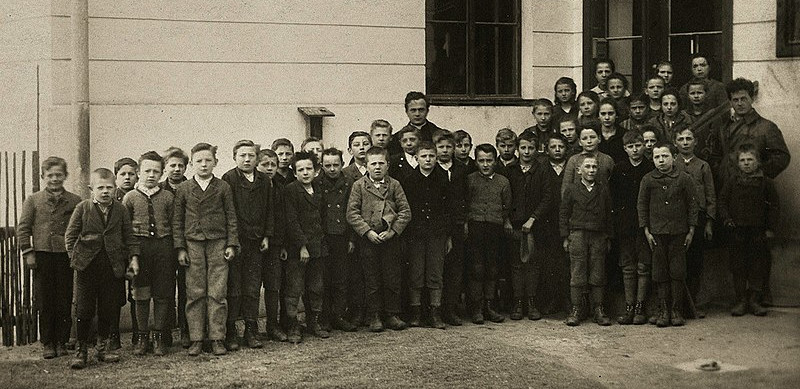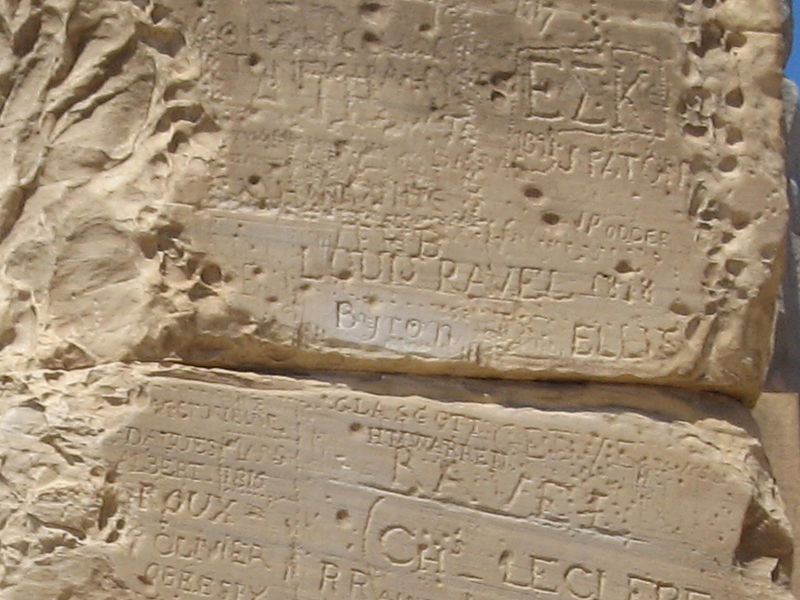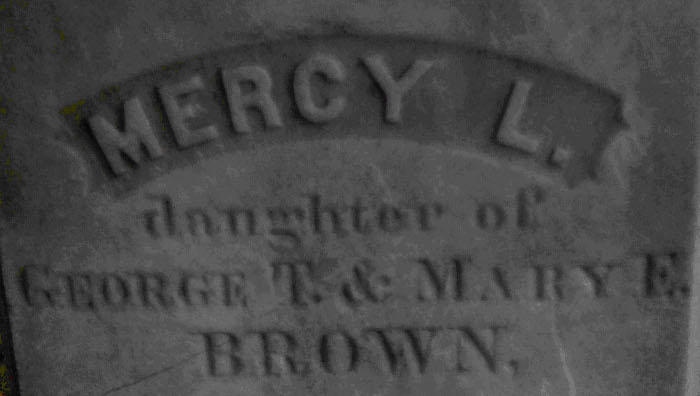
Walt Disney World draws its power from a pylon surmounted by a circular steel tube and two elliptical rings.
The whole arrangement weighs 30,000 pounds.

Walt Disney World draws its power from a pylon surmounted by a circular steel tube and two elliptical rings.
The whole arrangement weighs 30,000 pounds.
Only one castrato made solo recordings — Alessandro Moreschi performed for the Gramophone & Typewriter Company in 1902 and 1904, when he was in his mid-40s. For 30 years he had sung as first soprano in the Sistine Chapel Choir, but in 1903 Pius X ordered that the remaining castrati be replaced by boys. He died in 1922 and lies in Rome.

In 1926, while working as a schoolteacher in Otterthal, Austria, Ludwig Wittgenstein is alleged to have struck an 11-year-old schoolboy, Josef Haidbauer, so that he collapsed unconscious. The incident was reported to the police, and a judge ordered a psychiatric report, but nothing more is known about the case. Ten years later Wittgenstein appeared in the village to ask the forgiveness of children he had hurt. He wrote in a notebook, “Last year with God’s help I pulled myself together and made a confession. This brought me into more settled waters, into a better relation with people, and to a greater seriousness.”

Inscribed on the Temple of Poseidon at Cape Sounion, southeast of Athens, is the name BYRON. Possibly the poet carved it during his first visit to Greece at age 22, before he became famous. He later wrote:
Place me on Sunium’s marbled steep,
Where nothing, save the waves and I,
May hear our mutual murmurs sweep …
But there’s no definite evidence that he carved it himself.
Greed
My life is full, indeed, of gloom.
I’ve naught, you see; just this small room.
I need more wealth — that’s misery.
What joys in great renown! What glee!
The mace and throne I long to own.
No crown too grand for me alone.
Contentment
My life is full, indeed!
Of gloom I’ve naught, you see.
Just this small room I need.
More wealth? That’s misery.
What joy’s in great renown?
What glee, the mace and throne?
I long to own no crown.
Too grand for me alone.
— Mary Youngquist
(David L. Silverman, “Kickshaws,” Word Ways 5:3 [August 1972], 168-181.)
Philosopher Nelson Goodman published this puzzle anonymously in the Boston Post in 1931, at age 24. He later called it “by far the most popular and widely circulated of all my writings.”
All the men of a certain country are either nobles or hunters, and no one is both a noble and a hunter. The male inhabitants are so nearly alike that it is difficult to tell them apart, but there is one difference: nobles never lie, and hunters never tell the truth.
Three of the men meet one day and Ahmed, the first, says something. He says either, ‘I am a noble’, or ‘I am a hunter.’ (We don’t know yet which he said.)
Ali, the second man, heard what Ahmed said, and in reply to a query, answered, ‘Ahmed said, “I am a hunter”.’ Then Ali went on to say, ‘Azab is a hunter.’
Azab was the third man. He said, ‘Ahmed is a noble.’
Now the problem is, which is each? How do you know?
On the coast of the Kimberley region in Western Australia are two successive gorges that restrict the tide — seawater builds up rapidly at these bottlenecks, creating temporary “waterfalls” through the gaps, which are only 10 and 20 meters wide.
With each change in the tide, the falls reverse direction, and the cycle renews itself.
quadragenarian
n. one in her forties
repentine
adj. sudden
monomachy
n. a duel; single combat
labefaction
n. overthrow, downfall
The longest-lived spider on record is Number 16, a wild female trapdoor spider that lived on the North Bungulla Reserve near Tammin, Western Australia. She’d reached age 43 when ecologist Leanda Mason discovered that something, probably a parasitic wasp, had pierced the silk door of her burrow, which was now empty.
“She was cut down in her prime,” Mason told the Washington Post. “It took a while to sink in, to be honest.”

In the 19th century, some New England communities grew so desperate to help victims of tuberculosis that they resorted to a macabre practice: digging up dead relatives and ritually burning their organs. In this week’s episode of the Futility Closet podcast we’ll examine the causes of this bizarre belief and review some unsettling examples.
We’ll also consider some fighting cyclists and puzzle over Freddie Mercury’s stamp.
When a truck ignores repeated alerts that it’s too tall to enter the Sydney Harbour Tunnel, an automated system projects a giant stop sign onto a curtain of water at the tunnel entrance. This presents the boldest possible message without causing damage to a heedless truck — and authorized vehicles can still pass safely through the curtain.